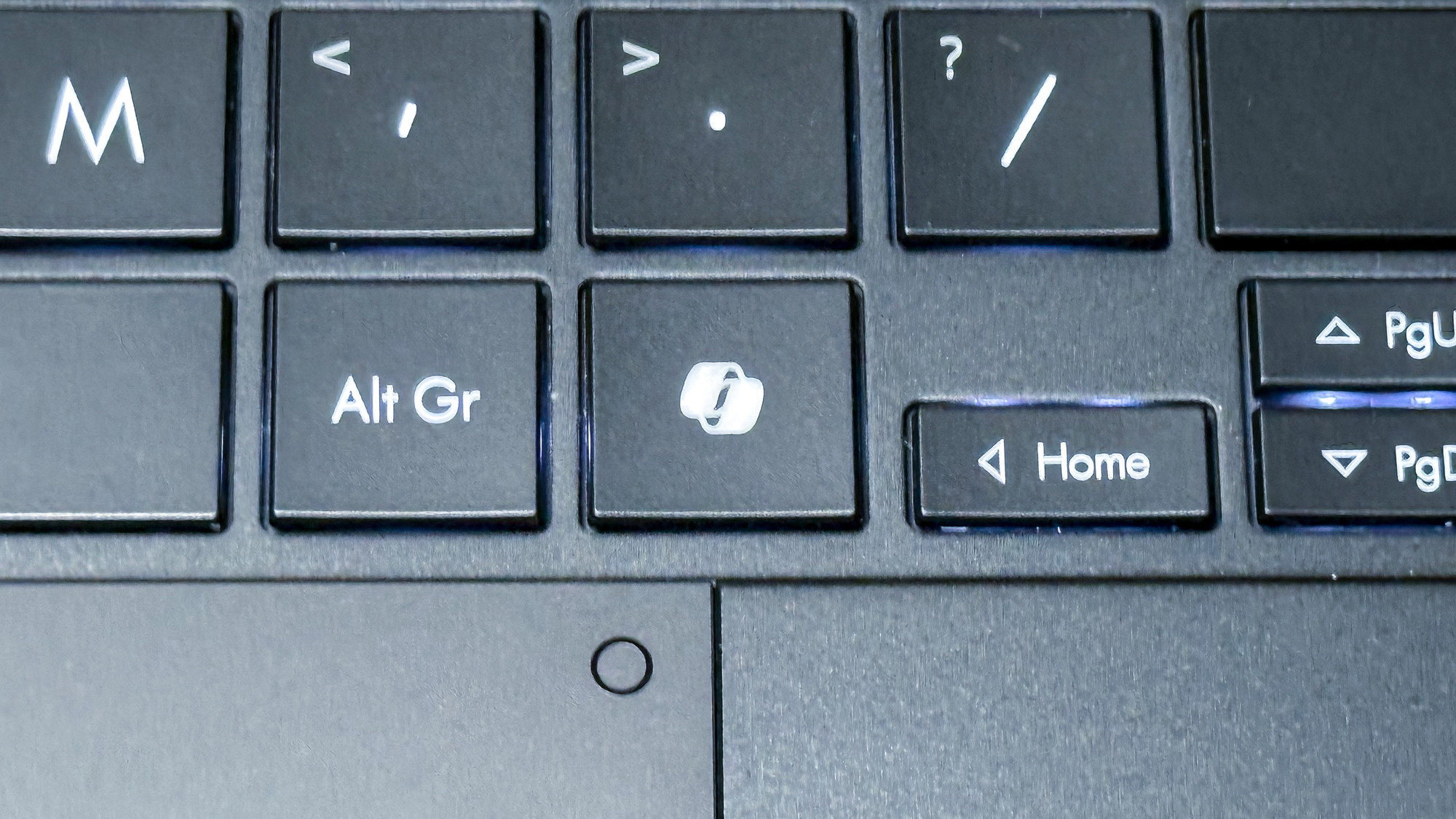
Numerous artificial intelligence tools and platforms have surfaced, each with special features and capabilities. Among them, Luma AI has drawn a lot of notice for its creative methodology. This article will discuss the advantages, disadvantages, and application applicability of Luma AI and its comparison with other top AI platforms.
Luma AI, created by LumaLabs, uses cutting-edge Neural Radiance Fields (NeRF) technology to turn written descriptions or photos into lifelike 3D graphics, movies, and gaming materials. This platform can be utilized through an iPhone app and the web, it has garnered a lot of attention since the launch of its Dream Machine model. Dream Machine model can produce five-second video snippets of excellent quality from text instructions in just two minutes.

Differentiating itself from rivals, Luma AI's open-access methodology and user-friendly interface support anyone with the technology for free and support a thriving community of developers and producers. 1. User-Friendly Interface: Users of different skill levels may easily use Luma AI's intuitive interface, which makes difficult AI tasks easier to understand.
2. Automated Model Training: The platform reduces the need for manual involvement and knowledge by streamlining the model training process through the use of automated machine learning (AutoML) approaches. 3.
Scalability: Applications can effectively handle varying loads and needs due to Luma AI's support for scalable model deployment. 4. Integration Capabilities: It allows for easy data flow and model upgrades by integrating with a variety of systems and data sources.
Comparison with Sora Even though Sora AI and Luma AI work in different artificial intelligence sectors, a comparison study offers some intriguing findings: When to Choose Sora AI? a. Essential Skills: Sora AI is a frontrunner among NLP applications because of its proficiency in processing and comprehending language. b.
Applications in Industry: There are many different industries where both AI technologies can be used. The NLP capabilities of Sora AI are very beneficial for customer support, marketing, and international communications. When to Choose Luma AI? a.
Innovation and Prospects for the Future: Luma AI's advances in computer vision , will further transform businesses relying on visual data interpretation. b. Impact on Users: Luma AI is revolutionizing businesses that depend on image and video analysis by enabling machines to comprehend visual information.
Comparison between Luma AI & Kling AI Kling AI is a relatively recent Chinese newcomer. Due to its accessibility and power, it has swiftly emerged as a major player in the AI video creation space. Diffusion technology and sophisticated transformer models fuel the Kling AI platform.
When to Choose Luma AI? a. Ease of Use: Luma AI's user-friendly interface and straightforward text-to-video translation procedure make it a great option if ease of use is your top priority. b.
Customization and Integration: Luma AI is a powerful tool if you require more control over the visual components and smooth integration with other creative tools. When to Choose Kling AI? a. Extreme Realism: Kling AI's state-of-the-art technology is likely to produce the most spectacular results if you prioritize the highest level of realism and coherence in your movies.
b. Longer Videos: Kling AI can produce videos up to two minutes long. It’s a big advantage if your projects call for videos longer than competing AI platforms' standard-length restrictions.
This means lengthier films with longer cuts, and not just quick sequences and animations. As we are living in a world that is embracing artificial intelligence, it is pivotal to choose the right platforms for your requirements. Luma AI is rapidly emerging with its creative application of Neural Radiance Fields (NeRF) technology and user-friendly interface.
Due to its scalable deployment, automated model training, and accessibility, it is a preferable option for users who value integration and usability. Sora AI is a leader in natural language processing and provides powerful capabilities for customer service, marketing, and cross-border communications applications. As Sora AI improves human-machine connection through sophisticated language understanding, its capabilities complement Luma AI's.
Kling AI is notable for its remarkable realism and enhanced video capabilities. Users looking for more visual quality and longer content formats may find its emphasis on producing incredibly realistic and lengthy videos appealing. The decision to choose between Luma AI, Sora AI, and Kling AI ultimately comes down to the particular needs of the project and the goals of the user.
.













